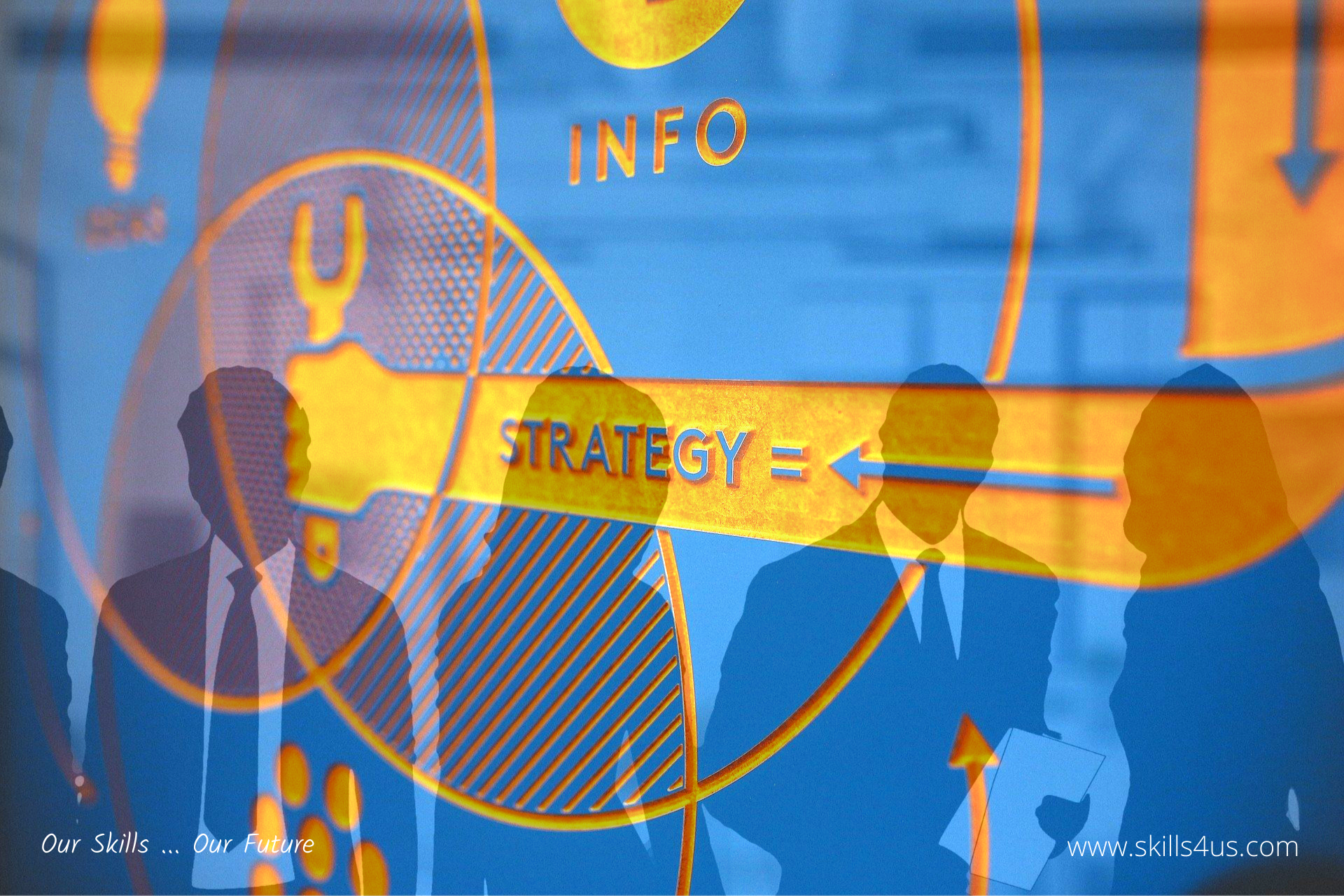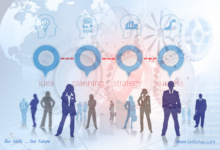
Effective Strategies For HR Planning That Preserve The Organization’s Future
Every year HRM faces its challenges. For example, the increasing competition in talent management, rapid changes, and developments in global economies, technology, and emerging standards in attracting and hiring HRs. Since employees are one of the primary resources your organization can have, the responsibility of the HR Department is to build a talented team of employees who work as individuals and groups for the benefit of the organization. Therefore, an effective HR planning that is compatible with the organization’s future strategies and directions helps achieve this goal.
To follow, progress, keep pace with development and face the change that your organization will face. The HRM must work more on developing strategic HR Planning that help your organization achieve sustainable future and competitive goals.
An effective HR planning gets your employees ready to act and execute based on your company’s goals and strategy. It also helps you prepare your current staff and anticipate the people you will need to recruit and hire in the future. It prepares your business for employee turnover and your future managers make decisions and hire strategically. An effective HR planning should also include a succession plan that enables you to retain high-performing employees. And minimize disruptions in your business in the event of a change in management or structure.
There are the essential steps for setting up an effective HR planning for your organization:
1. Evaluate the current HR in your company
Your first step in Strategic HRM planning is to identify your current employees’ competencies, skills, and capabilities, including assessing their strengths and weaknesses and their education and training levels. You should also consider the talents they possess beyond the current job description. Knowing that your employee files can already contain a wealth of information you need to help identify and track their abilities and skills.
That’s why it is crucial to have an interactive information system for recognizing and archiving your employees’ information to make it easier to keep track of your employees’ talents. At the same time, your employees will feel very important if you follow up on them, recording and saving their strength.
Additionally, performance reviews can help you determine when employees are willing and able to take on additional responsibilities. When employees consistently perform at a high level in all categories, it is a good indication that they are ready to take on some more challenging work.
2. Preparing employee development plans
Having qualified employees is only one step in building adequate long-term HR. The real impact is your employees’ work to support the organization’s growth goals. Knowing that you can do this by creating a development plan for your employees will help you create a clear direction on increasing their skills and advancing in their careers so that your organization can survive and advance.
These steps to help make sure your employee development plans are on track:
- Consider your organization’s goals. Before you set goals for employees, you should align their development plan with your organization’s needs.
- Connect with your employees. Don’t just assume that you know your employees’ skill levels and career aspirations. Instead, call and talk to them to make it happen
- Identify the Skills Your Employees Need. Once you have considered each employee’s capabilities and experience and your organization’s needs, accurately identify the skills they need to acquire.
- Create an action plan. Once you know the goals, you can see how your employees achieve them.
- Try out new skills in the workplace. Set up some opportunities to quickly apply new skills to the job and get feedback.
It is essential that you do not neglect the employees in your organization. But instead take care of them, especially the high-performing employees. There are many areas for continuous improvement and development. Note that your employees, regardless of their level of performance, need you to focus on growth.
Also, ensure that employee development plans positively affect your organization and are not a form of corrective action. By presenting it as an opportunity to increase potential, grow and improve everywhere.
3. Prepare succession plan
As the business grows and your organization evolves, change will inevitably come. Whether it is a change of executive team or a reorganization of departments, you need to prepare. So a succession plan can help you reduce disruption by identifying the critical roles in your business. And the employees who have the skills to take on those positions immediately, should someone leave.
You can choose to involve employees indirectly in preparing your organization’s succession plan. It takes conversations with all of your employees to find out their career and future goals and what development they feel they need to make.
In addition, you should always be prepared to keep your employees informed about changes. And explain how the change might affect them—knowing that transparency relieves anxiety. And prevents your employees from imagining negative reasons for the changes.
4. Perform gap analysis
A gap analysis helps you determine what resources your organization has and what it will need in the future. When performing a gap analysis, you will assess your HR practices and infrastructure to determine your organization’s strengths and weaknesses. For example, designing some HR practices that fit your organization five years ago but don’t meet your needs today. After analyzing the gaps, you can improve your existing procedures and implement new practices to better support your organization’s growth. So when doing a gap analysis, take a look at:
- Job descriptions. Do they match the expectations you currently have for your employees and demonstrate all the necessary skills and requirements?
- Employee Handbook: Have you reviewed our updated it in the last two years? Check if your policies are still compatible with economic and legal changes and developments.
- Training Programs. Are your employees prepared for their roles in an organized manner that still makes sense according to business needs?
- Health and Safety. Are you providing what is required by applicable laws in health care and occupational safety while also meeting the needs of your employees?
- Business performance. If revenue is on the rise, it may make sense to increase your contributions to benefits and services for your employees. Which will add value to your organization’s overall reward package. If revenue drops, consider cutting back on some of these benefits to help stabilize your business.
5. Decide how to increase the resources for the future
As your organization grows, so do its staffing needs. In Addition, to get the best people for the job and activity in your organization, you need to know them well. Review the information you’ve collected about your current HR. And then ask the following questions: Do you have enough HR? Do they have the right skills and abilities to help you achieve your organization’s goals?
This information can help you decide which jobs to fill and who would be the most suitable. From here, you can determine if you can promote from within. Or if you will need to hire new talent as your organization grows. It is where your skill inventory comes in especially handy. Often, a current employee who is a good fit with the organization’s culture and organizational climate deserves some additional training.
Now, look at your potential recruitment challenges. There are some of the more common problems that may make it difficult for you to hire new employees:
- The current total compensation package does not meet the expectations of the ideal candidates.
- Upcoming technological changes or shifts within the economy make it difficult to recruit high-quality talent. For example, suppose your business needs to adopt new technology. And there is a shortage of qualified, experienced candidates to fill relevant positions, also known as the skills gap.
- Your company culture is weak, which constitutes a significant turning point for highly qualified candidates who can choose their workplace.
Knowing these things can help you avoid blockages before they become a problem. Try to resolve potential issues before hiring a new employee. Ensure that the work environment in your company is appropriate to attract and retain the best talent.
To remember! HR planning is a permanent and continuous process. Review your strategy regularly and update it as your organization changes.



